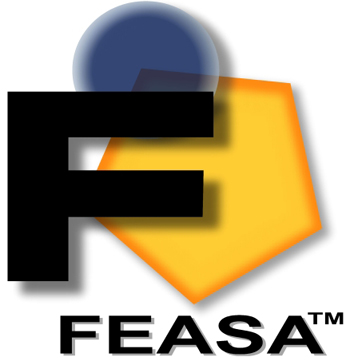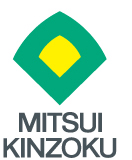Electronics Manufacturing Technical Articles
Papers and articles related to SMT, PCB & EMS industry.
- SMTnet
- »
- Technical Library
1757 SMT / PCB Assembly Related Technical Articles

Feasa designs and manufactures a range of LED test products.
Limerick, Ireland

Lockheed Martin is a global security and aerospace company that employs about 112,000 people worldwide and is principally engaged in the research, design, development and manufacturing of advanced technology systems.
Bethesda, Maryland, USA

Panasonic Factory Solutions Company of America (PFSA)
PFSA develops and supports innovative manufacturing automation equipment, processes and solutions around the core of electronic assembly, microelectronic, software and circuit manufacturing
Rolling Meadows, Illinois, USA

Schleuniger, Inc. is a leading manufacturer of wire processing equipment. Our innovative automatic and semi-automatic machines are designed to cut, strip, crimp and mark all types of wire and cable.
Manchester, New Hampshire, USA

CALCE Center for Advanced Life Cycle Engineering
The largest electronic products research center focused on electronics reliability, is dedicated to providing a knowledge and resource base to support the development of competitive electronic components, products and systems.
College Park, Maryland, USA

FTG is a leading North American manufacturer of high technology printed circuit boards and precision illuminated display systems.
Toronto, Ontario, Canada

Market leader and technology innovator of boundary scan software and hardware products and services.
Eindhoven , Netherlands

Manufacturing of functional engineered materials and electronic materials, nonferrous metal smelting, minerals resource development, precious metal recycling, raw material related businesses.
Tokyo, Japan

CYBEROPTICS is a global leader in high-precision 3D sensors that significantly improve yields and productivity in the 3D scanning and metrology, Surface Mount Technology & Semiconductor Markets
Minneapolis, Minnesota, USA
Pages: 1 2 3 4 5 6 7 8 9 10 11 12 13 14 15 16 17 18 19 20 21 22 23 24 25 26 27 28 29 30 31 32 33 34 35 36 37 38 39 40 41 42 43 44 45 46 47 48 49 50 51 52 53 54 55 56 57 58 59 60 61 62 63 64 65 66 67 68 69 70 71 72 73 74 75 76 77 78 79 80 81 82 83 84 85 86 87 88 89 90 91 92 93 94 95 96 97 98 99 100 101 102 103 104 105 106 107 108 109 110 111 112 113 114 115 116 117 118 119 120 121 122 123 124 125 126 127 128 129 130 131 132 133 134 135 136 137 138 139 140 141 142 143 144 145 146 147 148 149 150 151 152 153 154 155 156 157 158 159 160 161 162 163 164 165 166 167 168 169 170 171 172 173 174 175 176








